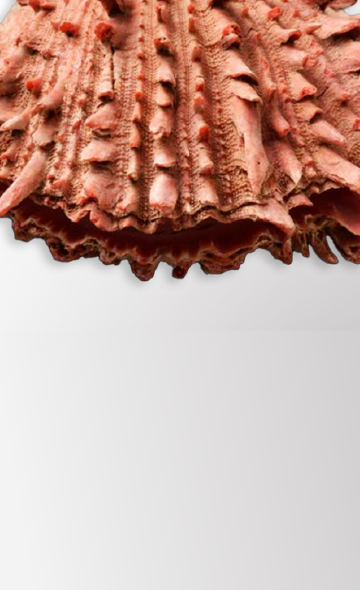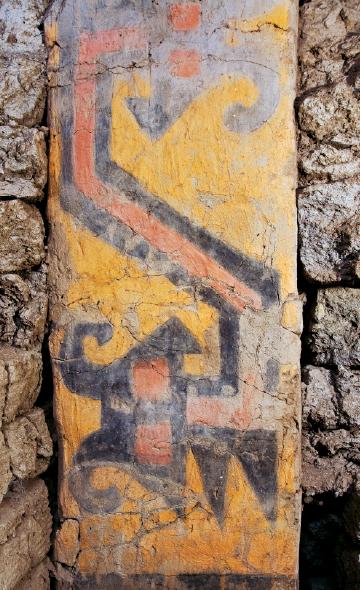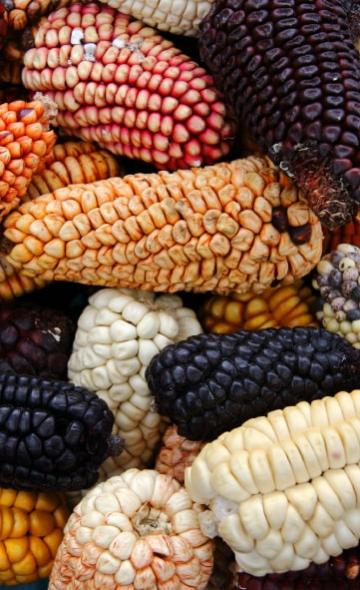- Visitors
- Researchers
- Students
- Community
- Information for the tourist
- Hours and fees
- How to get?
- Visitor Regulations
- Virtual tours
- Classic route
- Mystical route
- Specialized route
- Site museum
- Know the town
- Cultural Spaces
- Cao Museum
- Huaca Cao Viejo
- Huaca Prieta
- Huaca Cortada
- Ceremonial Well
- Walls
- Play at home
- Puzzle
- Trivia
- Memorize
- Crosswords
- Alphabet soup
- Crafts
- Pac-Man Moche
- Workshops and Inventory
- Micro-workshops
- Collections inventory
- News
- Students
- The Use of Spondylus Shells in Moche Ceremonial Contexts: Why Were They Symbols of Status and Wealth?
News
CategoriesSelect the category you want to see:
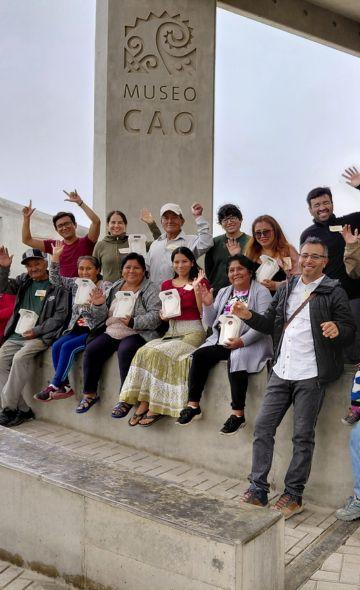
El Brujo Celebrated International Museum Day with Its Community: A Day of Encounter and Cultural Co-Creation ...
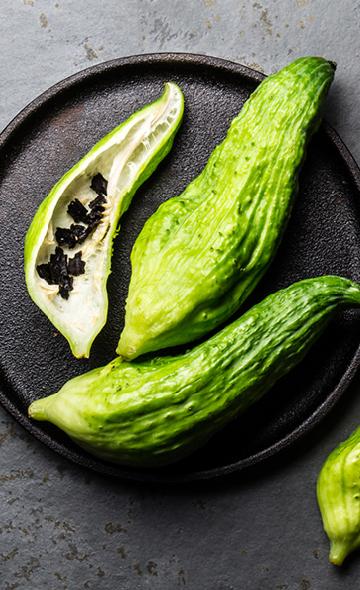
Caigua: Uses, Properties and Benefits of This Andean Food ...
To receive new news.
By: Complejo arqueológico El Brujo
The Moche culture, which flourished between the 1st and 8th centuries A.D. on the northern coast of Peru, has left us with impressive testimonies of its complex social organization, economy, agriculture and other fundamental aspects of its civilization.
In terms of exchange, one of the most significant objects found in ceremonial and elite contexts are Spondylus shells. Their presence as offerings in ritual contexts at Huaca Cao Viejo during the Moche period demonstrates that these valuable shells held a prominent place in exchange dynamics. Originating from very distant regions which made them rare and highly prized, Spondylus eventually acquired an exclusive meaning within the native narratives of power and authority.
Spondylus: a symbol of fertility and abundance
Recent research shows that Spondylus shells were considered symbols of fertility and abundance in several pre-Hispanic cultures. From early times, this reddish shell was highly valued due to the belief that its presence stimulated rainfall and regenerated river waters, both essential for agriculture in the Andes.
Spondylus in Funerary Contexts
In ceremonial contexts at Huaca Cao Viejo during the Moche period, Spondylus valves were found used as ritual offerings. This mollusk, native to the warm waters of the Pacific, had to be collected by deep water diving, which made it a scarce and valuable good.
It is worth noting that Spondylus inlays have also been found in some of the nose ornaments (narigueras) of the Lady of Cao, pieces that were not only symbols of power but also reflected the high social status of those who wore them.
A material that came from afar
Spondylus shells were not native to the Peruvian coast. As recent research indicates, they came from the warm waters off the coast of what is now Ecuador. Their presence in Moche contexts reveals the existence of long-distance exchange networks that enabled their circulation among different Andean and coastal cultures.
This trade not only required considerable logistical effort but also added symbolic and economic value to Spondylus.
The tradition continues: spondylus craftsmanship today
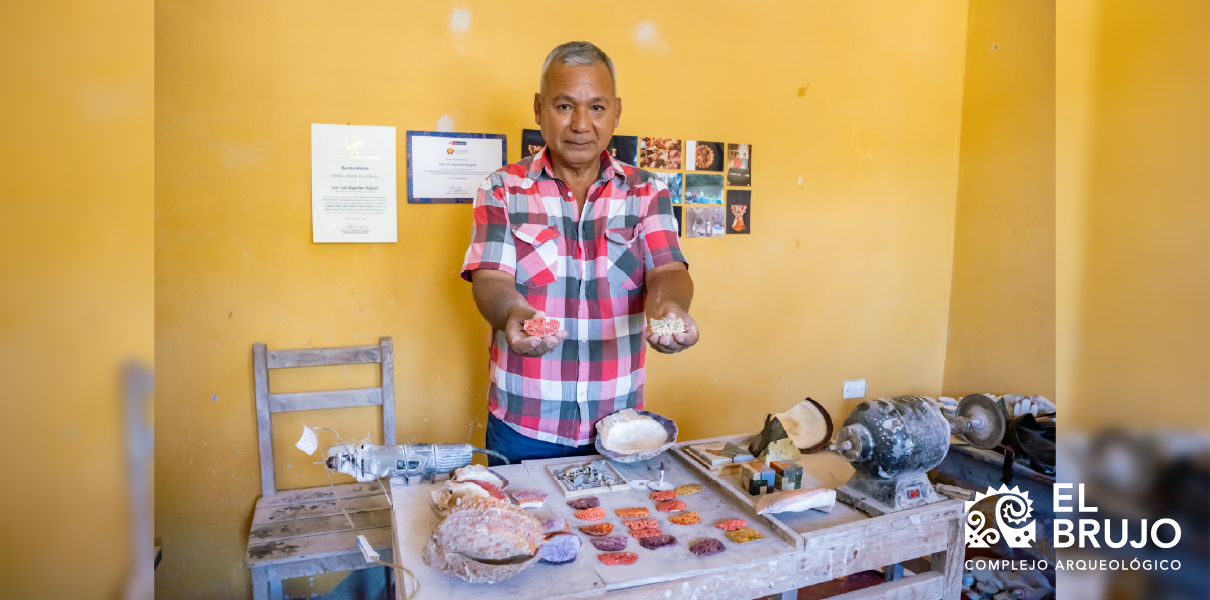
The use of Spondylus did not remain in the past. The series “Saberes de mi comunidad” by the Wiese Foundation shows us how, today, artisan communities, especially in northern Peru and Ecuador, continue to create pieces with this shell. Necklaces, earrings and other ornaments are crafted that keep alive the ancestral techniques of carving and polishing.
The Work in Spondylus | Saberes de mi comunidad (Knowledge from My Community), Season 2.
Artisans emphasize the complexity of working with this material due to its hardness and fragility, which requires great manual skill. Each piece carries a historical legacy, connecting Moche tradition with contemporary cultural expressions.
The artisan legacy of spondylus lives on
Over the centuries, Spondylus shells have not only been symbols of fertility and power among Moche elites but also served as source of inspiration for generations of artists. Today, that legacy endures thanks to the hands of master artisan José Riquelme, who transforms this ancient marine treasure into contemporary pieces that engage in dialogue with history.
From his workshop, Riquelme pays tribute to pre-Hispanic art, reinterpreting Moche motifs with sensitivity and skill, in a work that bridges past and present. His creations remind us that the value of Spondylus is not limited to museums or archaeological contexts: it also beats within today’s creativity, as a living testimony of a tradition that resists being forgotten.
Would you like to learn how Spondylus is worked today? We invite you to discover more in this article: Spondylus, Treasure of the Past, Inspiration for the Present.
Students , outstanding news


